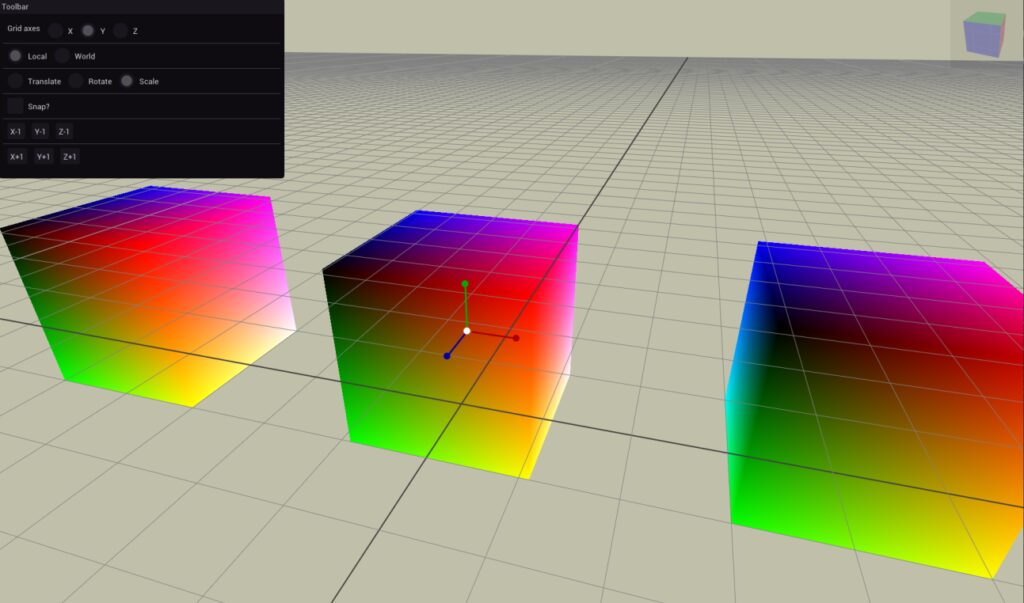This article explores the different components that make up a game and the critical role that software engines play in shaping gaming experiences. The components of a game include gameplay, art and design, audio, and user interface. Underneath these components lies the game engine, which drives and coordinates all the elements to create a cohesive gaming experience. The software engine includes a graphics engine for rendering visuals, a physics engine for simulating movements and interactions, an audio engine for managing sound elements, an AI engine for intelligent behavior, and a networking engine for multiplayer interactions. Understanding the role of software engines is crucial in game development.
What Makes a Game? Understanding the Role of Software Engines
Introduction
Games have come a long way since their invention. They have evolved from dots and blips on the screen to immersive, visually stunning experiences. Behind these engaging games lies complex and sophisticated software engines that power their creation and execution. In this article, we will explore the different components that make up a game and delve into the critical role that software engines play in shaping our favorite gaming experiences.
The Components of a Game
A game typically comprises several key components that work together to create a seamless and enjoyable experience for the players:
1. Gameplay
The gameplay is the heart and soul of any game. It refers to the interactive elements that allow players to engage with the game world and progress through different levels or stages. Gameplay mechanics, such as character movement, combat systems, puzzles, and quests, define the core experience of a game.
2. Art and Design
Visuals play a crucial role in immersing players in the game world. The art and design elements include character models, environment textures, animations, and special effects. These visual components are created by artists and designers who add depth and realism to the game environment.
3. Audio
The audio aspects of a game contribute significantly to its atmosphere and emotional impact. Sound effects, background music, character voices, and ambient audio help create a sense of immersion and add to the overall gameplay experience.
4. User Interface (UI)
The user interface encompasses the menus, buttons, and HUD (Heads-Up Display) elements that allow players to interact with the game’s features. A well-designed and intuitive UI can greatly enhance the player’s experience by enabling easy navigation and access to important game information.
The Role of Software Engines
Underneath these various components lies the game engine, the software framework that drives and coordinates all the elements to create a cohesive gaming experience. Software engines provide developers with the necessary tools and functionalities to bring their ideas to life.
1. Graphics Engine
The graphics engine forms a crucial part of the software engine. It is responsible for rendering the game visuals, including characters, environments, and special effects. The graphics engine utilizes advanced rendering techniques, such as shading, lighting, and texture mapping, to create realistic and visually appealing graphics. It also handles tasks like polygon rendering, animation, and physics simulations to ensure smooth and lifelike movements within the game world.
2. Physics Engine
The physics engine calculates the movements, collisions, and interactions of objects within the game world based on real-world physics principles. It simulates gravity, friction, momentum, and other forces to create a realistic environment. This allows objects to fall, bounce, and react to player actions, adding depth and realism to the gameplay.
3. Audio Engine
The audio engine is responsible for playing and managing the various sound elements in a game. It synchronizes background music, sound effects, and character voices with the gameplay actions, creating an immersive auditory experience. The audio engine also handles spatial audio, which simulates sound coming from different directions, enhancing the player’s perception of the game world.
4. AI Engine
Artificial Intelligence (AI) engines enable non-player characters (NPCs) to exhibit intelligent behavior and interact with the players. These engines provide algorithms and decision-making systems that govern the NPCs’ actions and responses to the game environment. AI engines can range from simple rule-based systems to complex machine learning models that adapt and learn from player interactions.
5. Networking Engine
In multiplayer games, a networking engine facilitates communication between multiple players and synchronizes their actions. It handles tasks like maintaining connections, transmitting and receiving game data, and ensuring fair gameplay. The networking engine plays a critical role in delivering a smooth and seamless multiplayer experience.
Conclusion
Creating a game involves a collaborative effort from various components and the underlying software engines. The software engines provide the necessary tools, algorithms, and frameworks to bring the game to life. They handle complex tasks like rendering visuals, simulating physics, managing audio, enabling AI, and supporting multiplayer interactions. Understanding the role of software engines in game development is essential to appreciate the technical complexities and sheer creativity that goes into crafting our favorite gaming experiences.
